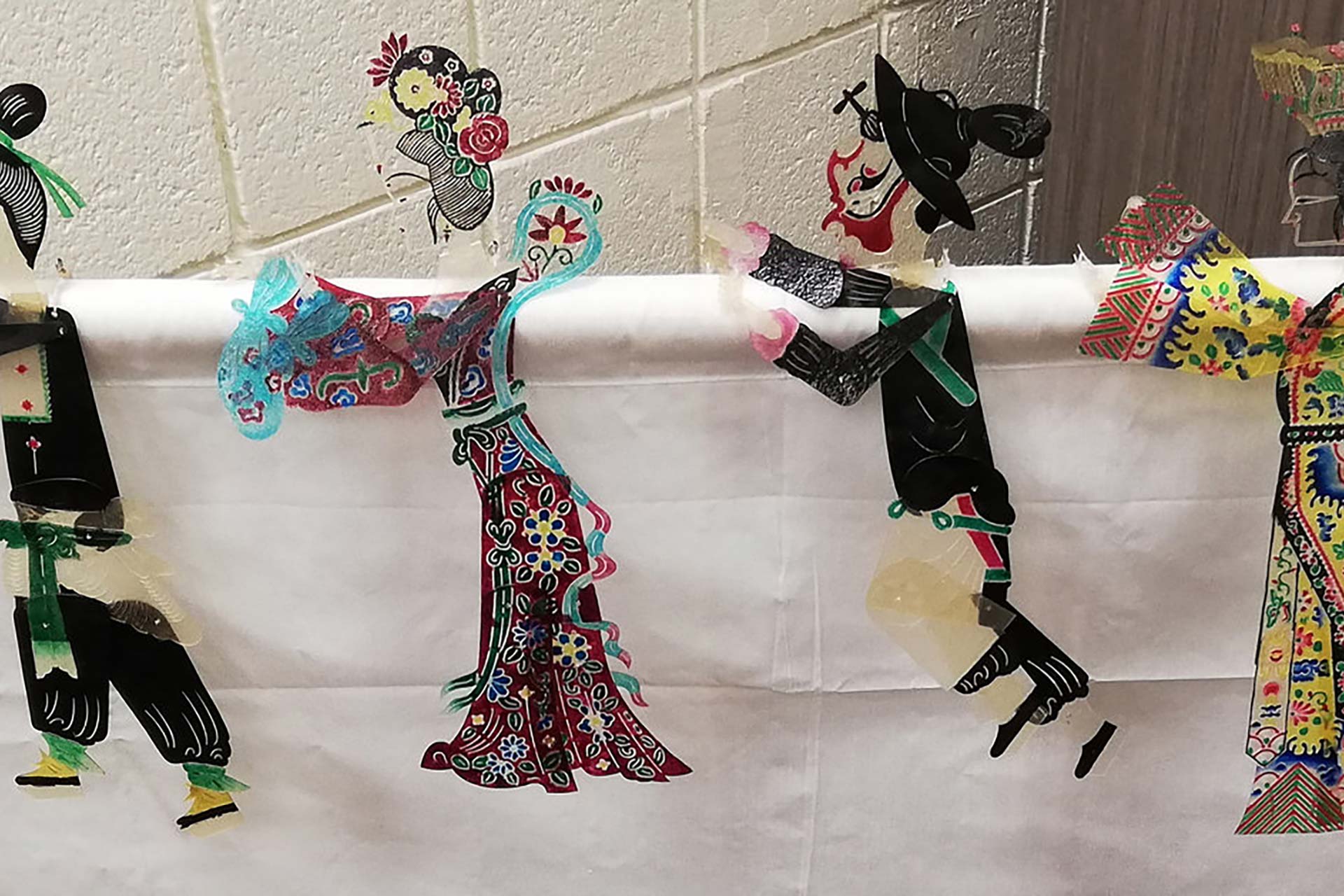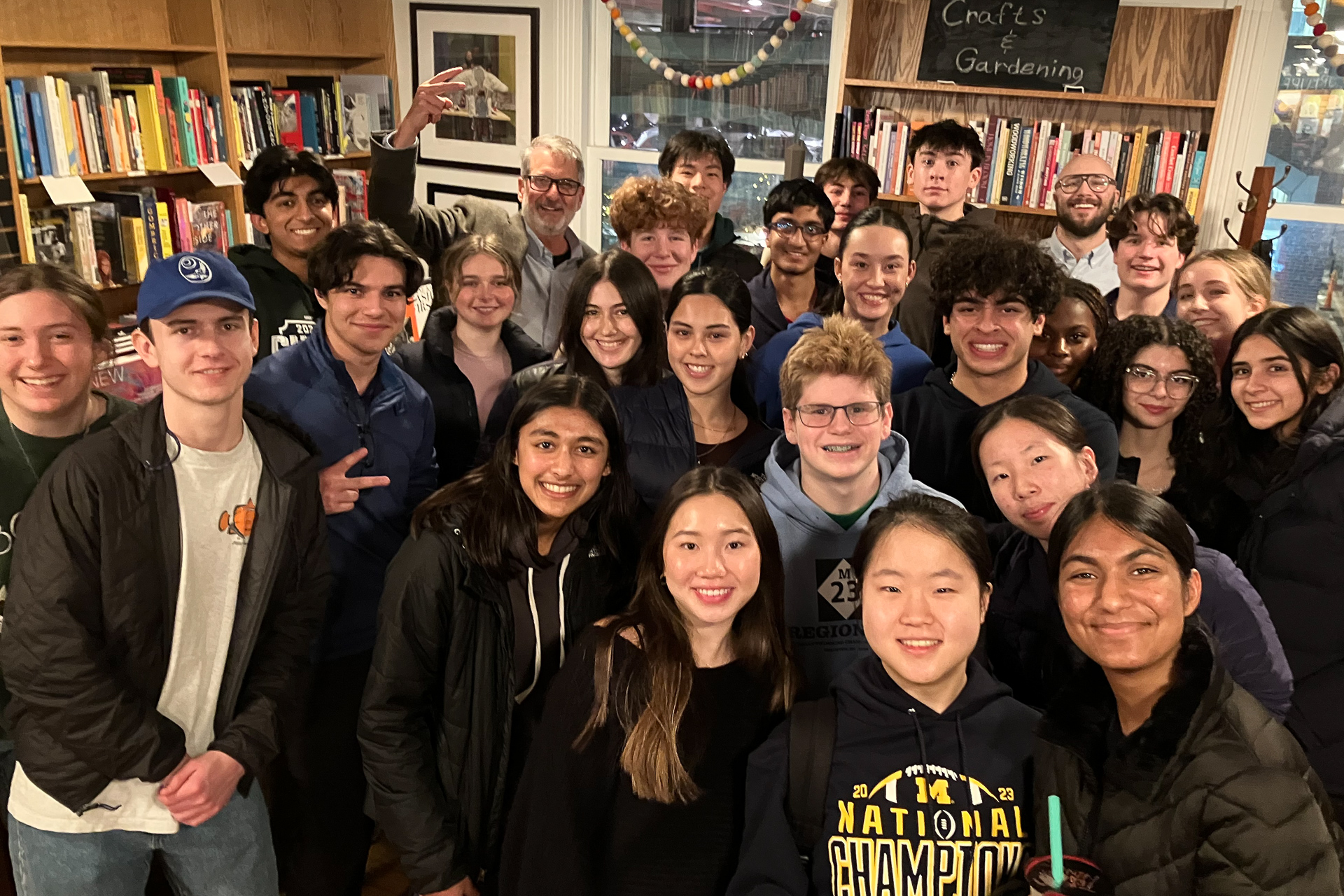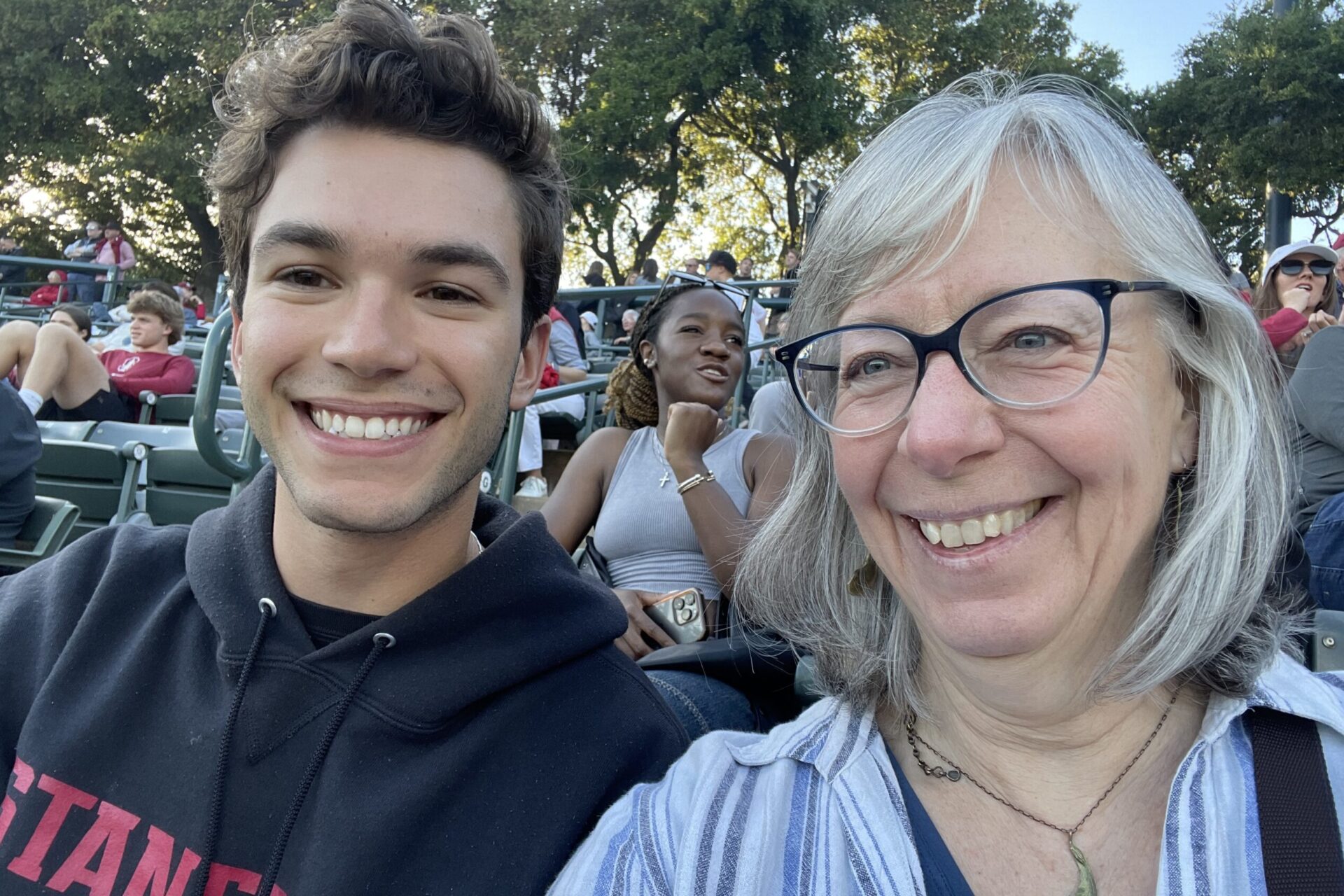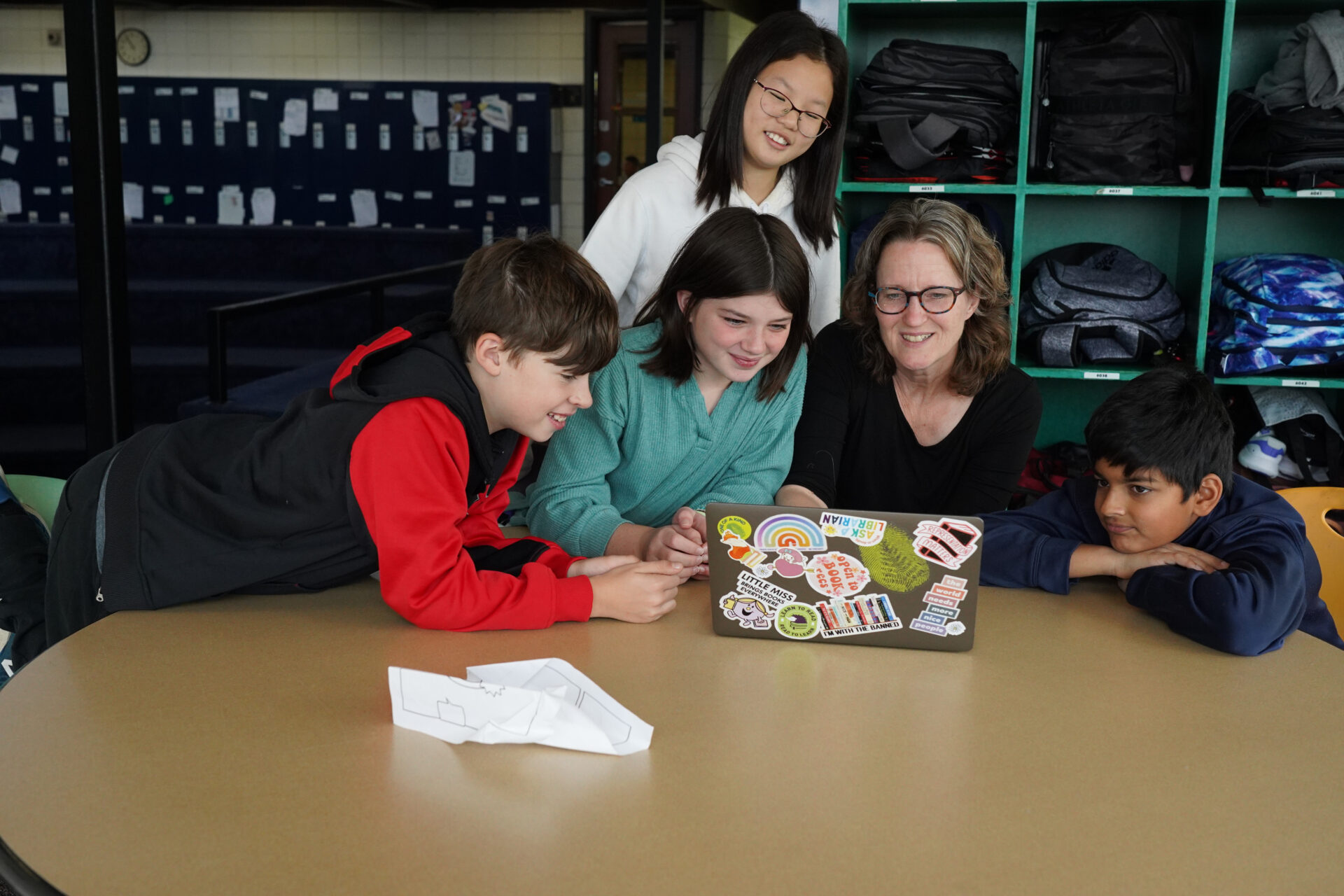Jing Li: How Chinese shadow puppetry helps me teach language

Chinese shadow puppetry is one of the most ancient arts using light and shadow, which has over two thousand years of history. It is acted by colorful silhouette figures made from leather or paper, accompanied by music and singing. Manipulated by puppeteers using rods, the figures create the illusion of moving images on a translucent cloth screen illuminated from behind.
One day I asked myself, “What if I incorporate this traditional Chinese art into my Chinese language classes?” Students would have an opportunity to learn this beautiful art through language practice. Therefore, over this past summer, I went back to Shanghai – with support, in part, from a grant from Greenhills’ generous Paulus Faculty Growth and Learning Program – and visited a local Chinese shadow puppet troupe where I learned about the basic techniques of making and operating the shadow puppets.
When I returned to the U.S., I developed a lesson plan of integrating the knowledge of Chinese shadow puppetry and the legendary story of the Mid-Autumn Festival, which is called “Chang E Ben Yue” (The Moon Lady).
During the week of celebration of the Chinese Mid-Autumn Festival, Chinese 8 students were introduced to the history of Chinese shadow puppetry, the basic operational techniques, as well as the legend of “The Moon Lady”. Students were then paired up to perform the shadow puppet play in Chinese.
Weaving cultural facts into language learning is always a good way of helping students practice their target language skills. It is more constructive, meaningful and playful. When students immerse themselves into the shadow puppet storytelling, students are not just observing the culture but also participating in it – and of course, their target language skill practice is in full play.
–By Jing Li, Greenhills School Chinese language teacher





